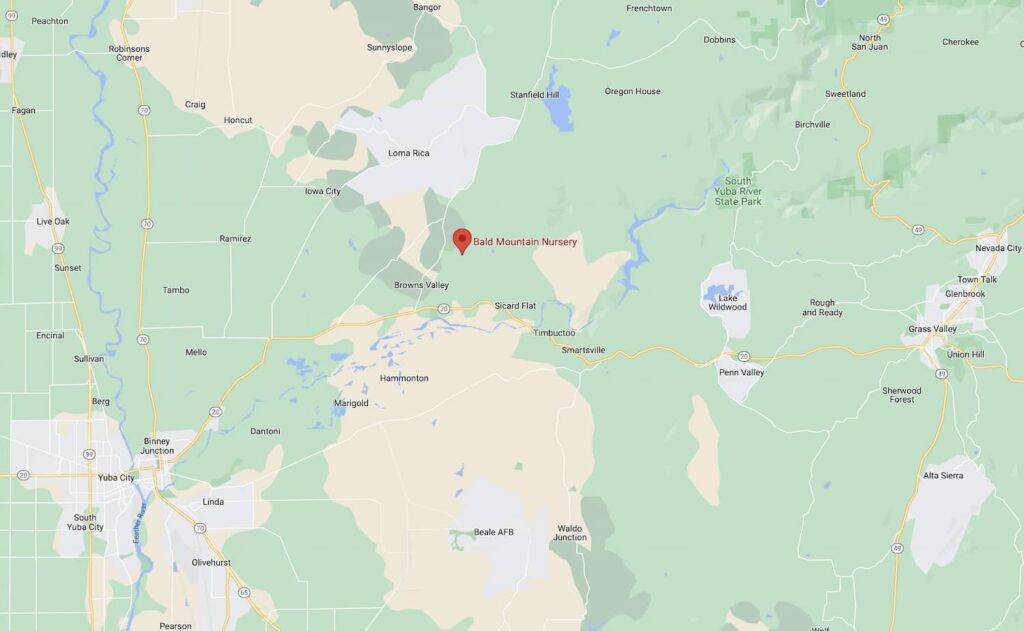After a dry February and dry start to March, it looks like things are starting to change to a bit more wet at least for the next few days. Very good news. Looks like a good soaking rain for the weekend which will keep the grass green and help with all newly planted and established plants as well.
It is now time to get ready to start fertilizing soon. As soon as deciduous trees and shrubs have their full set of leaves, you should give them their first fertilizing of the year. A balanced fertilizer works well for most things. Use a rhododendron, camellia, azalea fertilizer for your acid loving plants. Fertilize azaleas and rhododendrons after they are done blooming. Same thing for camellias. Citrus should use a citrus fertilizer.
Seed potatoes are now available. We have Red, Russet, and Kenebec. They sell for $2.50 a pound. If you’ve never grown seed potatoes, they are very easy to do. And the potatoes you get when you grow your own are much better than the ones you buy at the store. To plant them, cut them into pieces with two eyes per piece. Let the pieces you cut dry enough to scab over the cut. Plant the pieces in the soil about 8 to 12 inches deep and add the dirt back over as they grow and even mound up as the plants grow. The roots under ground produce the potatoes.
Roses should be leafing out now. If you have not pruned back roses, it is still a good time to do it. If you have any that are really large cause of neglected pruning during prior seasons, prune them down now. Prune roses down to 12 to 24 inches tall with several strong canes left and an open center.
Be sure to start spraying roses with a fungicide now. We have had a wet winter and you don’t want to let the fungus problems get going. We use Neem Oil every two weeks here at the nursery on the roses to prevent aphids and fungus problems.
It’s time to start fertilizing roses as well. Roses are heavy feeders. They should be fertilized about every 6 weeks. Use a rose food or you can use a balanced all purpose fertilizer as well. I use a combination of the two on my roses and it works very well.
We now have some of our summer vegetable starts for those who are ready to plant them now. If you are unsure if it time to plant, a good rule of thumb is to wait till overnight lows are consistently 50 degrees or higher and the ground is no longer cold to the touch. Prep your soil well before you plant. Add bone meal or oyster shell to the soil along with the vegetable fertilizer when you are prepping the soil. Bone meal adds phosphorous for root development and supplements calcium. Oyster shell adds calcium. Calcium will help to prevent blossom end rot. I use organic fertilizer on my vegetable garden. I use bone meal for phosphorous, and oyster shell for calcium , and tomato and vegetable fertilizer and kelp meal. Kelp meal helps to prevent diseases. About half way through the season I re apply fertilizer and bone meal.
The Yuba City Home and Garden Show has been rescheduled to May 22nd, 23rd, and 24th. We will be there.
A note on our hours. We are open 9 to 5 Monday through Saturday and 10 to 4 Sunday.
We hope to see you soon.
Jeff


